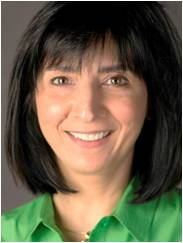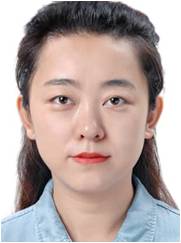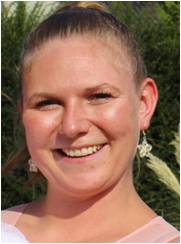Burns still are one of the most common and devastating forms of trauma leading to increased morbidity and mortality especially in elderly individuals. The incidence of burn injury is significantly higher among the elderly population due to decreased physical strength, poor vision and decreased reaction time. Furthermore, aging-related deterioration of immune system, immunosenescence or chronic low-grade inflammation, predisposes geriatric burn patients to infectious complications and impaired tissue regeneration. With the steady growth of elderly population in Western countries, more effective burn treatments for geriatric patients have become of paramount importance.
The majority of human burn injuries affect the cutaneous and subcutaneous adipose tissue, inducing a local inflammatory response that promotes tissue regeneration and wound healing. In addition to lipid-filled adipocytes, the subcutaneous adipose tissue contains a number of different stem and immune cells that contribute to wound repair and structural integrity after burns. These cells include stromal-vascular cells (SVCs), adipose stem cells (ASCs), macrophages and fibrocytes. Adipose tissue macrophages (ATMs) constitute an important fraction of the immunomodulatory cells that have been implicated in tissue homeostasis and in resolving or non-resolving inflammation.
Rodents have been the most frequently employed species for preclinical testing of burn wound treatments and several rodent models of aging are available. However, rodents significantly differ from human systems, and their general acceptance in burn research is continuously declining. Moreover, burn experiments on animals are very cruel, imprecise, expensive, and generally less applicable to human burns. Therefore, the burn research community needs to develop new methods for studying burns and testing treatments that replace animals and are actually relevant to human health.
Our project is committed to improve and develop conservative treatments for burn wounds of geriatric patients. In reconstructive surgical procedures, viable parts of human tissue composed of cutaneous and subcutaneous adipose tissue are removed to reshape a body structure or provide a necessary function. With ethical approval from local authorities and patient consent, we used the human tissue sections to be discarded during surgical procedures, and developed a new procedure for maintaining them in vitro for experimental study of burns.
Publications:
Hao, D.; Qu, M.; Nourbakhsh, M. Experimental Study of Burn Damage Progression in a Human Composite Tissue Model. Biology 2021, 10, 40. doi.org/10.3390/biology10010040.
Hao, D.; Nourbakhsh, M. Recent Advances in Experimental Burn Models. Biology 2021, 10, 526. doi.org/10.3390/biology10060526.
Rauen, M.; Hao, D.; Müller, A.; Mückter, E.; Bollheimer, L.C.; Nourbakhsh, M. Free Fatty Acid Species Differentially Modulate the Inflammatory Gene Response in Primary Human Skeletal Myoblasts. Biology 2021, 10, 1318. doi.org/10.3390/biology10121318.
Mückter, E.; Lozoya, M., Müller, A.; Weissig, V.; Nourbakhsh, M. Farnesol-Loaded Nanoliposomes Inhibit Inflammatory Gene Expression in Primary Human Skeletal Myoblasts. Biology 2022, 11, 5. doi.org/10.3390/biology11050701.
Chen, X.; Hao, D.; Becker, N.; Müller, A.; Pishnamaz, M.; Bollheimer, L.C.; Hildebrand, F.; Nourbakhsh, M. In Vitro Model of Human Skeletal Muscle Tissue for the Study of Resident Macrophages and Stem Cells. Biology 2022, 11, 6. doi.org/10.3390/biology11060936.
Chen, X.; Hao, D.; Becker, N.; Müller, A.; Pishnamaz, M.; Bollheimer, L.C.; Hildebrand, F.; Nourbakhsh, M. Unsaturated Long-Chain Fatty Acids Activate Resident Macrophages and Stem Cells in a Human Skeletal Muscle Tissue Model. Biology 2023, 12, 1111. doi.org/10.3390/ biology12081111
Müller, A.; Lozoya, M.; Chen, X.; Weissig, V.; Nourbakhsh M. Farnesol Inhibits PI3 Kinase Signaling and Inflammatory Gene Expression in Primary Human Renal Epithelial Cells. Biomedicines. 2023, 11, 12. doi.org/10.3390/biomedicines11123322.
Institution
Department of Geriatric Medicine
Uniklinik RWTH Aachen
Pauwelsstr. 30, D-52074 Aachen
Duration
11/2019 - 03/2023


 English
English


